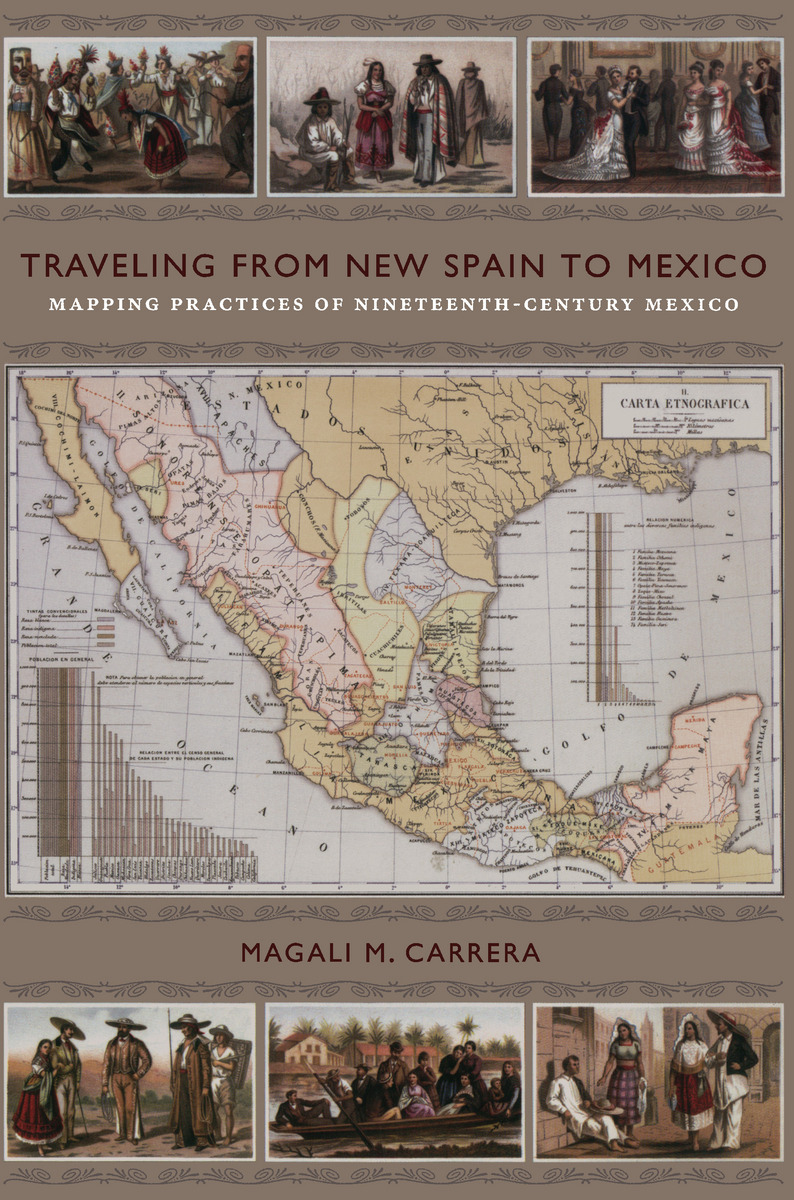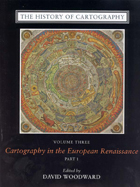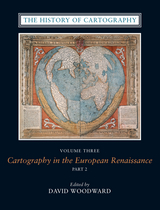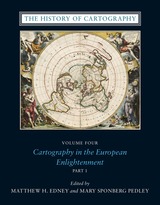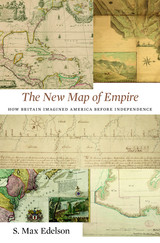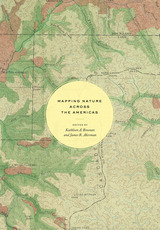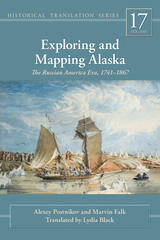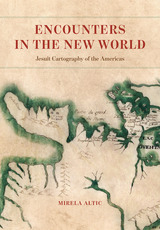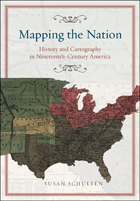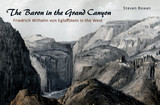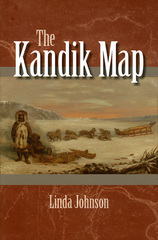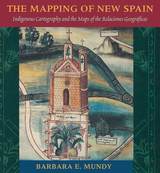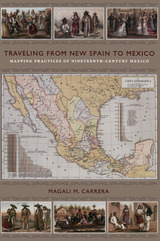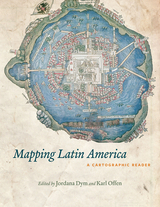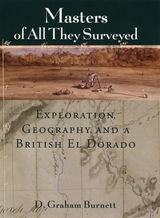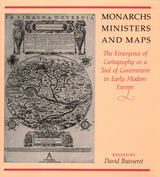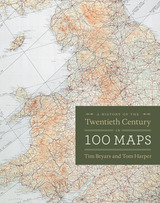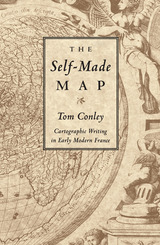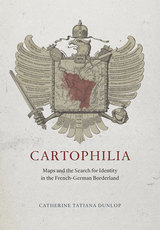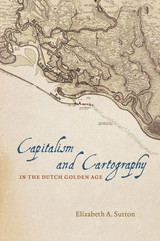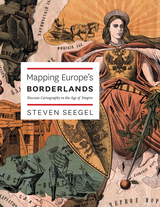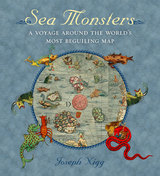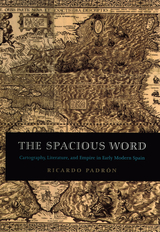“Traveling from New Spain to Mexico is an important book. It is distinctive in that it situates what we traditionally recognize as cartography in relation to post-independence Mexico’s broader visual culture, patriotic and geographic literature, and even oratory. In addition, Magali M. Carrera grounds the work of late-nineteenth-century historians and geographers in the colonial experience of New Spain, allowing us to see how visual tropes changed across several centuries and in response to Mexico’s independence and early national experience.”—James R. Akerman, editor of The Imperial Map: Cartography and the Mastery of Empire
“In this original, theoretically sophisticated, and empirically rich book, Magali M. Carrera situates Mexican art and cartography in national and international contexts, gives the mapmaker Antonio García Cubas the scholarly attention he has long deserved, and connects his projects not only to nineteenth-century visual culture but also to colonial visual culture and travel narratives from the early independence era. It is a superb book, one that scholars of Mexican and Latin American history, art history, visual culture, and cultural studies will read and admire for years to come.”—Raymond B. Craib, author of Cartographic Mexico: A History of State Fixations and Fugitive Landscapes
“The newly independent nations of Latin America imagined themselves in ways that linked specific pasts to new, national identities. While each emerging nation-state did this slightly differently, Magali Carrera shows that Mexican intellectuals did this by visually constructing—mapping, drawing, photographing, exhibiting and even performing— idealized narratives of Mexican history and geography that defined what it meant to be Mexican. And, Carrera does this in a well-written and visually profuse book that should interest Latin Americanist geographers working with questions of visual culture, national identity, or cartographic intention.”
-- Karl Offen Journal of Latin American History
“Traveling from New Spain to Mexico is a thoughtful and richly detailed book that seeks to illuminate ‘the complex and diverse spatial practices through which Mexico came to locate and define its national space’ (p. xiv). The book certainly achieves this goal…. This book will be important for historical geographers because it amplifies our understanding of how a distinctive visual culture emerges within the dynamic social contexts of a newly-independent nation. Although the book focuses on the Mexican case, Carrera’s methodology can be applied to other newly-independent countries, thereby expanding its potential readership wider than the title suggests…. Theoretically grounded in critical cartography, rich in historical detail, and laced throughout with over 90 illustrations, this is not light reading. Expect to spend some time with this sophisticated and delightful book.”
-- Richard Hunter Journal of Historical Geography
“Traveling from New Spain to Mexico is well researched and documented in primary and secondary sources…. Carrera’s clear and jargon-free writing makes the book enjoyable to read, and the abundant, well-chosen illustrations add to its enjoyment.”
-- Paula Rebert Hispanic American Historical Review
“The elegant sweep of visual history within which Carrera places sophisticated readings of the Mexican cartographer’s participation in nation-building discourse is a considerable achievement indeed. The extensively illustrated text and accessible prose will encourage specialist and non-specialist readers alike to get inside the visual narratives created by García Cubas in mapping his many Mexicos.”
-- Deborah Toner Journal of Latin American Studies
